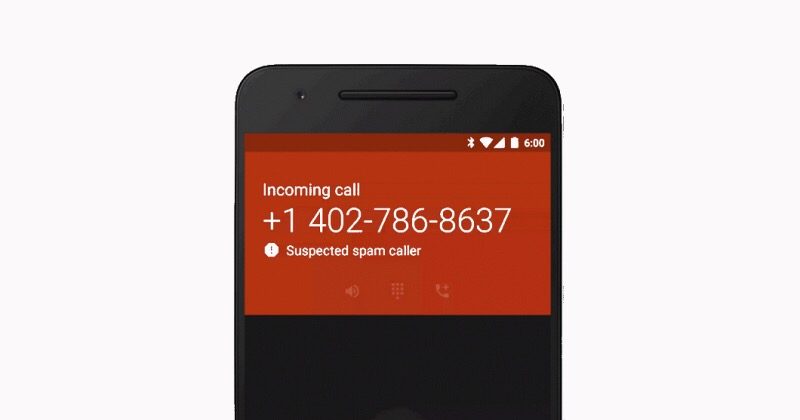Like any cultural phenomenon,
Pokémon Go is one hundred percent polarizing. You’re either on your phone right now reading between PokeStops or you have no interest in playing the game.
Regardless of what side you choose – or what team you’ve joined – as a brand leader or marketer, there are major learnings you must pay attention to.
You can’t log onto any social network or visit any media site without seeing the word “Pokémon.” The game has surpassed Twitter in volume of Daily Active Users (DAU) and seen more engagement than Facebook. Financial communities all over the world have been gawking at — and dismissing — Nintendo’s incredible jumps in stock prices.
Pokémon Go’s success is not an accident.
Pokémon Go is the perfect storm for an explosively successful mobile game. But before you center your next brand app pitch on augmented reality, gaming, and social interaction, here’s what you have to learn from
Pokémon Go.
1. Pokémon Go is the breakthrough for augmented reality, but it won’t work for you
Pokémon Go’s augmented reality (AR) elements and the location-based mechanisms are authentic. There’s no gimmick involved; they are central to the game and define what makes it rewarding and fun to play.
When AR hit the market, every gaming company, movie studio, and CPG brand wanted to tap into location-based gaming and augmented reality. It was cutting edge, designated you and your brand as innovative, and most likely won you a Lion at Cannes (even though your app had less than 1,000 active users and was a loss leader). Countless Fortune 500s were into AR. They tried and failed because few of the concepts had the right game mechanic or a broad enough audience.
The most successful app to implement AR was likely Ikea’s. The Ikea app could 3D model items from its catalogs into your living room. Considering how you need new Ikea furniture every other year, there’s a reason to keep using the app. Other than that, AR was — and is — largely a graveyard of junk apps with no utility or resonating value with users.
There is no better suited use case for location-based AR than a treasure hunt. But this isn’t enough. You need an audience (keep reading). What is so unique about Pokémon Go is that it uniquely mirrors some of the mechanics of the original non-mobile games, like walking through a map, in the real geography of your own city.
2. Gaming app developers understand “core loop” – you have to as well
Core loops are the key to mobile app success. Gaming designers – whether it be for console-based, interactive online, or for apps – build their businesses on this concept. A core loop is a simple 3-step mechanic: 1) user performs an action in the app, 2) action generates a reward, and 3) rewards offer incentive for user to go back into the app.
Pokémon Go has a simple core loop with walking, catching Pokémon, and receiving dual levels of level-up points to the character’s avatar, as well as to each individual Pokémon. Core loops are what make games fun and keep users coming back.
The lack of core loops in many apps is ultimately their demise. Few brand and mobile marketers have yet to catch on and catch up, but Starbucks is a brand that has gotten it right. With Starbucks Rewards you buy a coffee, get points, and eventually get a free coffee. The process repeats itself, and consumers stay engaged.
You can build on this simple concept, but whatever you do, make sure your app experience is tied to something meaningful to the user in a repeatable, scalable manner. Consumers will not care about your immersive promotional experience that requires them to scan your product to win a coupon off their next purchase.
3. Pokémon already had a rich social history tied to gaming – without this, you’ll miss
Pokémon Go’s rewards are inherently social and nostalgic. That combination is what makes playing feel so satisfying to those already familiar to the brand and so exciting to those new to the fold.
The game taps into the brand’s deep legacy built from the cards, video games, TV shows, and movies and is now massively expanding its audience as friends, couples, families, and coworkers hunt Pokémon together. New players without an attachment to the brand history are earning bragging rights based on their Pokémon variety, Pokémon maturity, and avatar’s level, and brand affinity is born. They’re learning about which Pokémon are rare and powerful, which is bringing them up to speed and creating a point of entry into the long-standing Pokémon culture.
Other successful games of years past like Draw Something and Words with Friends reached their respective levels of success because they were based on games with history – Pictionary and Scrabble. New users were hooked because they wanted to beat their friend’s high score, or beat them directly in gameplay.
Before you hinge your next app on gaming, ask whether this is core to your brand experience either directly or through partnerships tied to gaming. Ask yourself whether social interaction is central to how consumers consume your products. If you’re searching for the connection, stop attempting to create the next Pokémon Go.
Guy Horrocks is General Manager of Mobile at customer retention company Sailthru and founder of Carnival.io, a Sailthru company. Prior to starting Carnival.io, he founded iPhone app company Polar Bear Farm in 2007, helping pioneer the “Jailbreak” market. He also cofounded a mobile app development agency, launching over 120 apps, including over 70 featured by Apple, and 12 #1 apps in their categories or overall.






















































